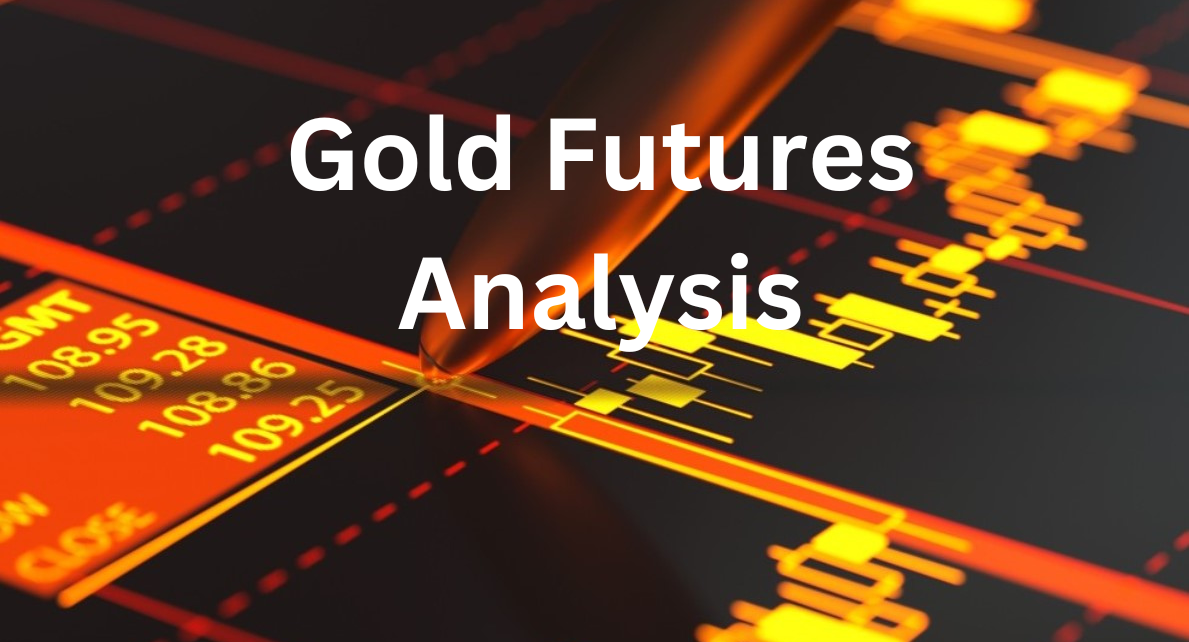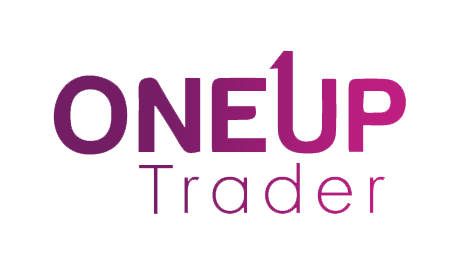- As the war in Gaza continues, investors seek refuge in the yellow metal.
- Central bank buying has contributed to an increase in demand.
- The likelihood of a Fed cut in June increased from 52% when the week began to 58%.
Gold prices hit record highs on Tuesday as demand for the haven metal increased amid geopolitical tensions. At the same time, investors bought more gold as bets for a Fed rate cut in June increased ahead of US inflation figures.
As the war in Gaza continues, investors seek refuge in the yellow metal. Interested parties have failed to agree to a ceasefire, meaning the war could escalate. Historically, gold has been considered a hedge during times of geopolitical uncertainty.
Central bank gold purchases (IMF IRS, World Gold Council)
At the same time, demand for gold has increased with increased purchases of jewelry and gold coins. Moreover, central bank buying has contributed to an increase in demand. Experts have highlighted increased buying in China. Chinese investors are turning to gold at a time of economic uncertainty. The housing and equities markets are performing poorly, leaving investors with little choice for investment.
However, higher interest rates in the US and other parts of the world have kept a lid on prices. As central banks fight to lower inflation, gold loses its appeal compared to yielding assets. Still, inflation around the globe has fallen from peaks seen in 2022. This has revived hope that interest rates will soon come down, allowing gold to recover its shine.
Notably, the Swiss National Bank was the first major central bank to lower interest rates. This has given traders hope that the global rate-cutting cycle will soon begin. However, the outlook for US rate cuts has been shaky, as incoming data paints a mixed picture. Investors are still uncertain whether the central bank will cut rates in June.
Last week’s jobs report revealed a robust economy that led to declining rate cut expectations. However, as the US inflation report nears, the likelihood of a Fed cut in June has increased from 52% when the week began to 58%. This indicates a view that inflation will decline, prompting the Fed to start its rate-cut cycle in June.
However, if the report reveals a jump in inflation, it could lead to a decline in gold prices. Nonetheless, as long as the general trend remains down, gold traders will keep waiting for the start of rate cuts, even if bets point to the first cut in July.





